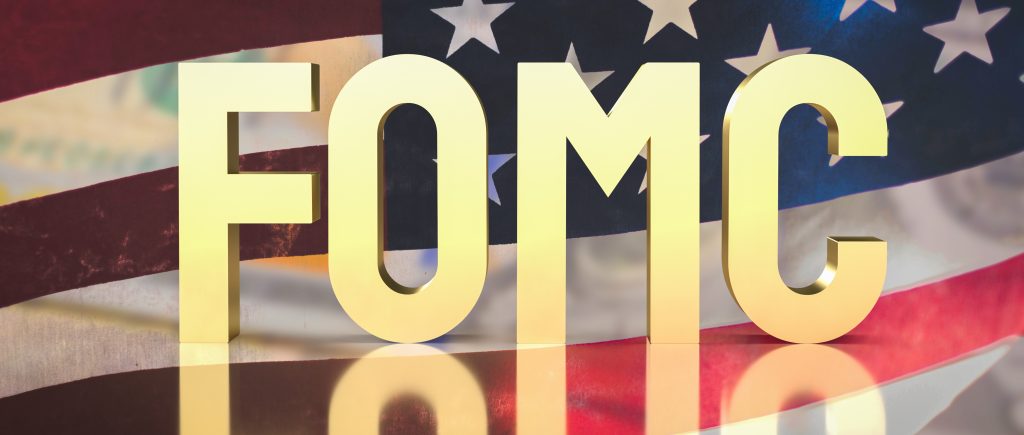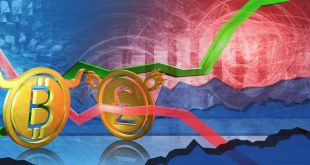At the conclusion of its two-day meeting on Wednesday, the US Federal Reserve may attempt to shock the banking system back to life and avert a developing financial crisis by keeping interest rates unchanged.
Jerome Powell As well as other senior officials have frequently assured the public that their drive to battle inflation would continue up until Mar. 11, when the central bank’s media “blackout” in advance of this week’s meeting started. Yet since then, the world has drastically changed, which brings up unpleasant memories of the 2008 global financial crisis.
In a different scenario, markets expect the Fed to raise interest rates by 25 basis points at the end of its current FOMC meeting to be concluded on Wednesday. There are three main factors that may have an impact on the central bank’s expected decision, which includes the banking turmoil that has recently loomed over the markets, beginning with the collapse and closure of two US banks.
Banking Sector Turmoil
The crisis of Silicon Valley Bank and Signature Bank triggered fears that originally existed about the fall of Silvergate Bank. The First Republic bank was a further case as well, which raised concerns among the financial and monetary authorities in the United States, so all the concerned authorities reacted by reconsidering all possible options and solutions to this crisis.
The list was joined by the second largest Swiss bank, Credit Suisse, which lost more than 25% of the value of its shares until last Friday, and did not carry with it a financial rescue package of $ 54 billion from the Swiss National Bank. The end result was the $3.23 billion takeover of Credit Suisse by UBS, Switzerland’s largest bank, which allayed fears of a crisis in the global banking system.
US Inflation
Over the past week, batches of US inflation data have highlighted a softer rise in consumer and producer prices in the US. The US Bureau of Labor Statistics announced last Tuesday that annual inflation in the United States rose by 6.00% in February, compared to an increase of 6.4% in the same month last year, which was in line with market expectations.
The monthly reading of the Consumer Price Index rose by 0.4% last month, meeting market expectations and the previous reading of 0.5%.
The CPI, excluding food and energy, rose 0.5% month-on-month, compared to market expectations of a 0.4% rise. The annual reading of the index rose by 5.5%, which was lower than the reading recorded in the same month of last year at 5.6%.
The producer price index in the United States declined in February by -0.1% compared to the previous reading, which recorded 0.3%, which was lower than the market expectations, which indicated a rise by the same rate as the previous month, according to data released last week.
The annual reading of the index increased by 4.6% last February, compared to the increase achieved in the same month of last year by 5.7%, which was lower than the market expectations, which indicated a greater increase of 5.4%.
Producer price inflation, excluding food and energy prices, rose by 4.4% in February, compared to 5.00% recorded in January.
Despite these factors, any Fed’s temporary cessation of interest rates may send a negative message to the markets, indicating that the central bank has concerns about the possibility of exacerbating the liquidity crisis in the banking sector. The Federal Open Market Committee was expected to raise interest rates by 50 basis points before the Silicon Valley crisis surfaced.
Accordingly, the Federal Reserve may resort to balancing the risks of its monetary policy decisions by raising the interest rate by only 25 basis points in order to avoid a temporary halt in raising it, which sends a negative message to the markets and undermines confidence in the banking sector after the blow it received in the past two weeks. A lower interest rate hike, 25 basis points instead of 50 points, may help the central bank gain market confidence that it is on its way to fighting sharp rises in the US inflation rate.
 Noor Trends News, Technical Analysis, Educational Tools and Recommendations
Noor Trends News, Technical Analysis, Educational Tools and Recommendations





